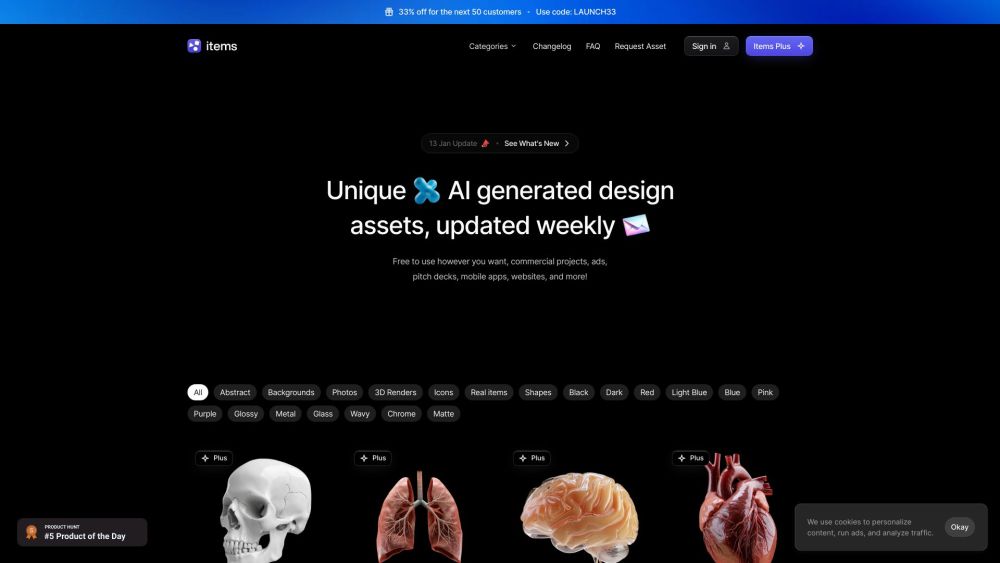Goldman Sachs recently released a report discussing the impact of artificial intelligence (AI) on the energy sector, highlighting that most current discussions focus on the demand side. Increased demand for AI computing power may lead to a rise in electricity consumption, potentially pushing up energy prices. However, the supply side presents a more complex picture. AI has the potential to significantly enhance the efficiency of oil exploration and production, reducing production costs and increasing supply.
Supply Side: AI Drives Increased Oil Supply
AI can optimize the entire supply chain, lowering costs through improved logistics and resource allocation. This is particularly crucial in shale oil development, where drill sites are often located in remote areas, leading to high transportation costs. By leveraging large-scale data analysis, AI can create more efficient transportation routes for materials and equipment, ultimately reducing costs and transit times. Additionally, AI can analyze production data in real time, optimizing the allocation of extraction equipment and human resources. According to Goldman Sachs, AI could potentially decrease the construction costs of new shale oil wells by about 30%, which would lower the marginal incentive price by approximately $5 per barrel, allowing oil companies to maintain production at reduced costs and thereby increase global oil supply.
Furthermore, AI is expected to significantly enhance the recovery rate of U.S. shale oil, increasing the amount of extractable reserves. Traditional extraction techniques struggle to effectively retrieve oil from the tiny fissures and pores in shale formations. Goldman Sachs estimates that if AI technology can improve recovery rates by 10-20%, the recoverable oil reserves could rise by 8-20%, equivalent to an additional 10-30 billion barrels.
Demand Side: Limited Boost to Oil Demand from AI
While AI contributes positively to economic growth through enhanced productivity and innovation-driven income increases, this boost may not significantly elevate oil demand. Rising incomes could lead to increased consumption of services reliant on petroleum products, such as transportation and tourism. Goldman Sachs predicts that although AI may increase oil demand by approximately 700,000 barrels per day over the next decade due to rising incomes, this impact is relatively modest, potentially raising long-term oil prices by about $2 per barrel.
However, the effect of AI on oil demand is limited. The technology’s high computing requirements significantly drive up electricity demand, and the rapid adoption of electric vehicles (EVs) is expected to considerably decrease oil consumption. Additionally, as a cleaner energy source, natural gas is often used for power generation, and the proliferation of AI will indirectly boost its demand. Goldman Sachs anticipates that the positive impact of AI on oil demand will not offset the negative effects from the shifts toward electric vehicles and natural gas. As the world gradually embraces EVs, oil demand is expected to decline by around 8 million barrels per day over the next decade, while falling natural gas prices may further reduce oil demand by approximately 2 million barrels per day.
Conclusion
In summary, Goldman Sachs believes that AI may have a modest net negative impact on oil prices in the medium to long term. The downward pressure on prices from increased supply (estimated at a reduction of $5 per barrel) is expected to outweigh the upward influence from demand growth (estimated at a $2 per barrel increase). As AI technology becomes widely adopted, the global oil market may enter a prolonged period of declining prices.






